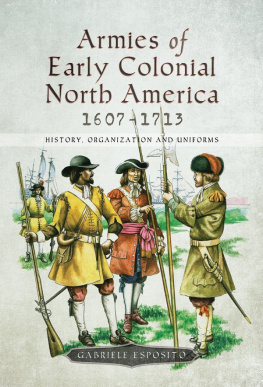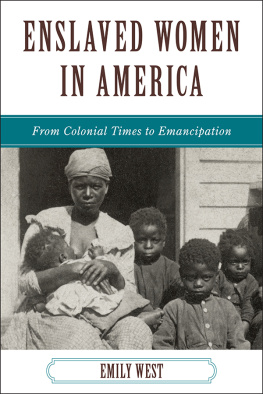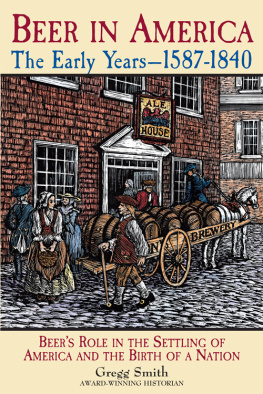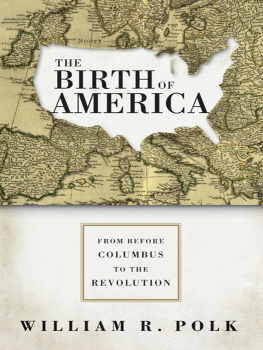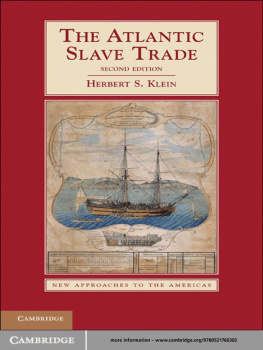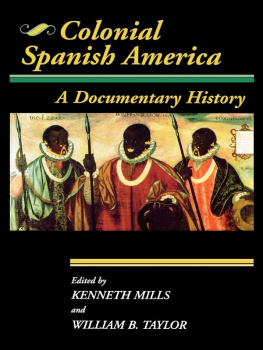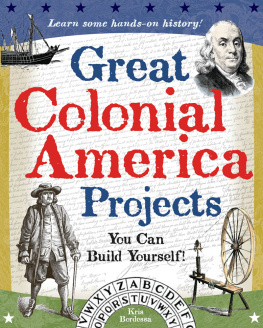First published 2011 by Pearson Education, Inc.
Published 2016 by Routledge
2 Park Square, Milton Park, Abingdon, Oxon OX14 4RN
711 Third Avenue, New York, NY, 10017, USA
Routledge is an imprint of the Taylor & Francis Group, an informa business
Copyright 2011 Taylor & Francis
All rights reserved. No part of this book may be reprinted or reproduced or utilised in any form or by any electronic, mechanical, or other means, now known or hereafter invented, including photocopying and recording, or in any information storage or retrieval system, without permission in writing from the publishers.
Notice:
Product or corporate names may be trademarks or registered trademarks, and are used only for identification and explanation without intent to infringe.
Credits and acknowledgments borrowed from other sources and reproduced, with permission, in this textbook appear on appropriate page within text.
Cover Designer: Suzanne Behnke
ISBN-13:978-0-205-80969-1 (pbk)
Library of Congress Cataloging-in-Publication Data
Gallay, Alan.
Colonial and Revolutionary America : text and documents / Alan Gallay.
p. cm.
Includes index.
ISBN-13:978-0-205-80969-1
1. United StatesHistoryColonial period, ca. 16001775Textbooks.
2. United StatesHistory Revolution, 17751783Textbooks. I. Title.
E188.G258 2011
973.2dc22
2010038320
The study of colonial and revolutionary America has been one of the richest areas of historical study in world history. The diversity of the subject and its importance for providing the foundation for the history of the United States have attracted generations of talented scholars, many of whom have not only revealed the nature of the key themes that shaped the American experience, but also constructed methodologies and questions that can be applied to the study of other places and times.
In the early 20th century, the historiography of early America was driven by political, institutional, and imperial questions. Much of this work, along with the class analysis that preoccupied the Progressive historians, attempted to explain how the colonial period ended with the first modern revolution against a colonial power. Historians studied colonial charters and constructed constitutional histories, the relationship between Britain and its colonies, or, alternatively, the class and self-interests that rendered apart imperial ties. Another strand of historiography also developed that focused on the religious lives of Puritans in New England, and how their particular brand of Protestantism shaped later American conceptions of being Gods chosen people with a mission to set an example for the rest of the world.
By the 1960s, and particularly in the 1970s, historians began constructing cultural and social histories with less focus on the Revolution as the product of the colonial era and more upon an array of themes that had enormous impact on the lives of early American peoples, and which continued to have impact through the centuries regardless of the important political events that ordinarily served as historical markers dividing one era from another. Community formation, concepts of citizenship, and family dynamics have been studied in great depth alongside the evolution of concepts of race and racism, the distinctive nature of diverse geographic areas, the profound alterations of the environment, and the intensity of cultural interactions and exchange among an array of American Indian, African, and European peoples. Although much continued to be written about New England, with great success in reconstructing town life that connected micro to macro history, much of the historiography shifted to the history of other geographic areas, especially to the Chesapeake colonies, Pennsylvania, and New York, and then to the Lower South, the frontier, and the Spanish and French colonies. A slew of studies on various American Indian communities, and on interactions between Indians and Europeans, measured the impact of colonialism on indigenous peoples, while also revealing how cross-cultural interactions played a significant role in transforming European settlers into American colonials.
The historiographic trend of examining in detail understudied areas and peoples in early America has converged in the 21st century with a new trend that contextualizes American colonial life in an Atlantic, and even global, context. The basic themes that guided the development of colonial North America also affected colonized areas in South America, the Caribbean, Africa, and Asia. These processes included the migration of large numbers of people from one continent to another, the creation of new communities and societies, the expansion of global trade networks, the intercontinental exchange of goods, ideas, and technology, and the construction of empires that competed with one another while also attempting to assimilate and control the labor of indigenous peoples. In this regard, the experience of the American colonies was no longer unique, or exceptional, but part of larger historical trends that could be compared with other colonial adventures around the globe. Comparison and contextualization helps identify both the similarities and the uniqueness of each area where colonialism occurred. The historian must place his or her story into a larger inter-regional context with an eye pealed for parallel developments guided by similar historical forces at work elsewhere. Though I do not usually make these connections explicit in the text, my analysis of American colonial history is informed by a broad reading of colonialism in South America, the Caribbean, and Asia.
This book synthesizes much of the scholarship on colonial America, while adding my own particular take on which information and analysis best illustrates its history. It would be impossible to cover every thematic development and to do justice to every story. Not every colony is treated equally, nor could every group of native people receive its due. In broad terms, the larger thematic issues addressed here include the multifaceted migration of diverse European and African peoples, who settled in diverse environments and interacted with diverse American Indians. I have tried to explain the nature of many of the cross-cultural interactions that played a huge role in shaping early America. This involves unpacking the cultural baggage that colored peoples perception of the world they lived in and how they tried to fit outsiders into their world. These cultural perceptions influenced the ways people made use of the environment and adapted to geopolitical factors that shaped opportunities and decisions on how to live and prosper. Early Americans, whether they were African, Indian, or European, made life decisions drawn from their own personal and group experiences, but also learned from the new cultures they encountered, as they negotiated new or altering landscapes, the seemingly endless migration of peoples from one place to the next, and the impact of global trade, diseases, and ever more complex diplomatic situations.


